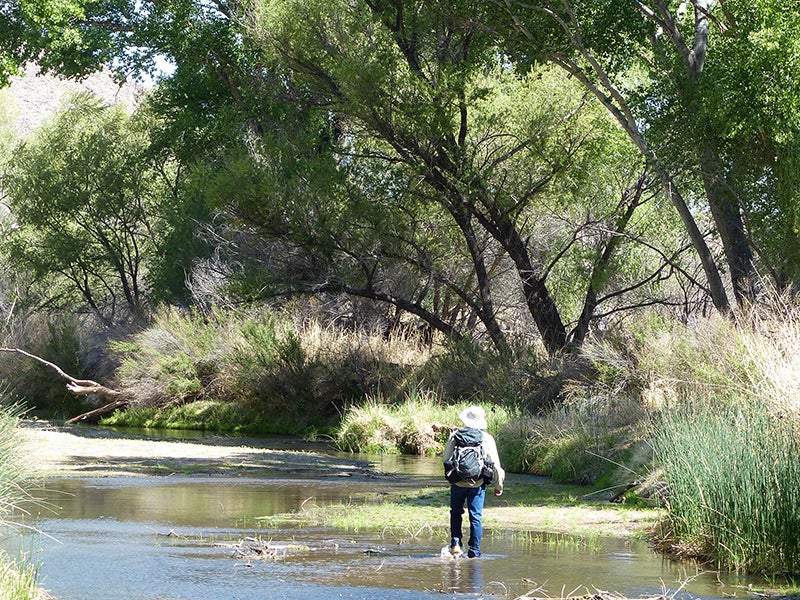Plan Advances to Aid San Pedro River
A plan to aid the San Pedro River seeks to balance needs of endangered species and Fort Huachuca.

This page was published 11 years ago. Find the latest on Earthjustice’s work.
The San Pedro River of southern Arizona took a step towards a sustainable future this spring with the release of what we hope will be an effective plan to balance the operations of the Army’s Fort Huachuca with the needs of endangered species that depend on the river.
The plan—technically a biological opinion—was published after Earthjustice attorneys Melanie Kay and McCrystie Adams filed a lawsuit seeking to push the Army and U.S. Fish and Wildlife service to comply with a 2011 court order and get the plan out the door. That court order was the latest in a string of victories scored by Earthjustice and our clients in a decade-long campaign to keep the San Pedro flowing.
Although the upper San Pedro River is not the mightiest of America’s rivers—you can easily wade much of its length—it is the cornerstone of the ecology of the arid southern Arizona valley through which it runs. In this dry region, every drop counts.
The river supports endangered species, migratory and resident birds and a host of mammals, reptiles and amphibians. Its lush riparian corridor is a haven for human and animal alike, a remnant of a once broad network stretching across the southwest U.S. It is, quite simply, a unique treasure worth fighting for.
The San Pedro is dependent on groundwater flowing through an aquifer underlying the desert region that maintain the river’s flows through the long dry months. Unfortunately, that groundwater is also tapped by Fort Huachuca and the civilian communities that have sprung up around its fences. As the human population of the valley has grown, the aquifer has been stressed and its ability to support the river has been compromised.
Our campaign has involved 15 years of litigation, in both federal and state court. Every step has been a hard fight but well worth the effort as we have kept the river and the creatures that depend upon it alive and have built the foundation for a sustainable future for the river.
Now that Army has produced its plan for public review we will carefully evaluate the over 400-page document, consulting with experts and champions of the river and considering if the plan actually is a viable vision for a future that provides for the San Pedro and its dependent species.
Earthjustice’s Rocky Mountain office protects the region’s iconic public lands, wildlife species, and precious water resources; defends Tribes and disparately impacted communities fighting to live in a healthy environment; and works to accelerate the region’s transition to 100% clean energy.